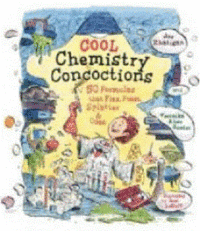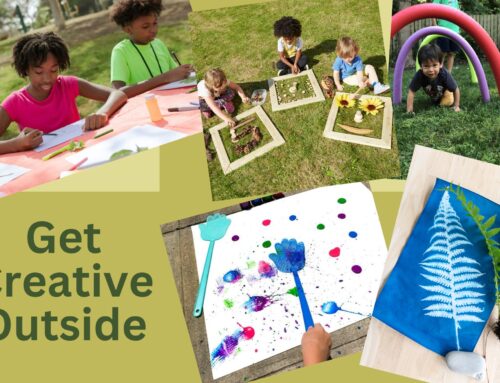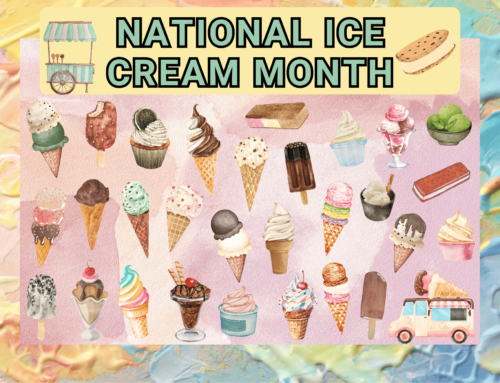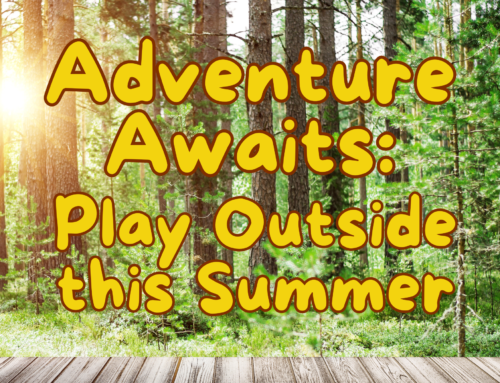
Volcanoes are vents or openings in the Earth’s crust through which lava, ash, molten rock, and gas erupt. As a volcano erupts, hot liquid rock (magma) rises up and bursts out through the Earth’s vent, and it spills lava that flows downslope. The explosive force of volcanic eruptions forms mountains, as well as craters. There are volcanoes on every continent and are found near the boundaries of the Earth’s tectonic plates.
Supplies Needed

Directions
Step 1: Take all of your supplies outside and fill your tin pan with dirt.

Step 2: Dig a hole in the center of the dirt, put your cup into the hole, and then create a mound by spreading the dirt up to the top rim of your cup with your hands. (You may use garden gloves if you don’t want to get your hands dirty).

Step 3: Fill your cup ⅔ of the way with water.

Step 4: Add 4 tablespoons of baking soda.

Step 5: Add 6 or more drops of food coloring depending on the intensity of the desired color.

Step 6: Add one teaspoon of dishwashing soap.
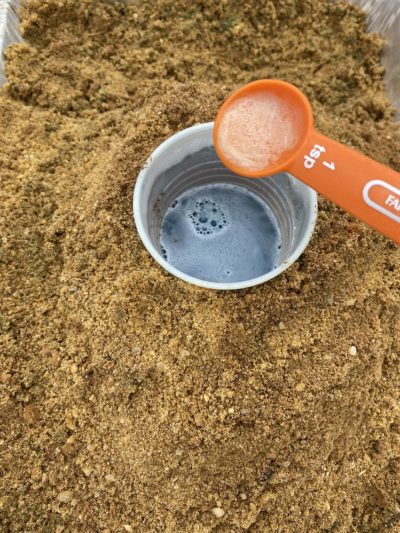
Step 7: Stir ingredients until well combined.

Step 8: Add approximately 6 ounces of vinegar or until the lava starts to foam over.

Step 9: Enjoy the colorful eruption!

Step 10 is optional: Add another color of food coloring and mix well, then add more vinegar and see what color the eruption becomes.
Useful Resources
Kanopy Kids
Hill of Fire – a Reading Rainbow Episode on volcanoes
LeVar visits Hawaii to get a closer look at active volcanoes. He studies lava and the way the earth changes after an eruption. Fernando Escandon reads Hill of Fire, a true story of how a volcano suddenly started to build up in a farmer’s field in Mexico, and how the city then had to evacuate.
Hoopla
Volcanoes by Maria Gordon
Part of the Surprising Science series
Volcano! by Jake Maddox, Sean Tiffany
A Survive! Story
Part of the Jake Maddox Sports Stories series
Volcano Kitchen Experiment by Meg Gaertner
Part of the Science Experiments in the Kitchen series
Cosmos
Volcano! by Marion Dane Bauer
The Earth as we know it was partly created by volcanoes. Many are still active today. Learn how volcanoes from and what is going on when they erupt.
Volcanoes by Lela Nargi, with National Geographic explorer Arianna Soldati
Introduces volcanoes, describing how they form, why they erupt, and some of the most explosive eruptions throughout history.







